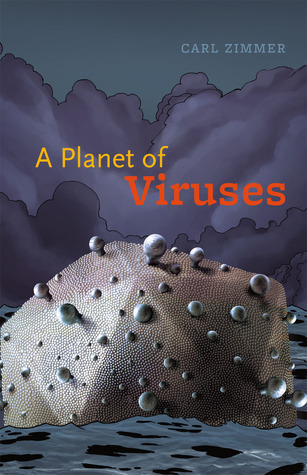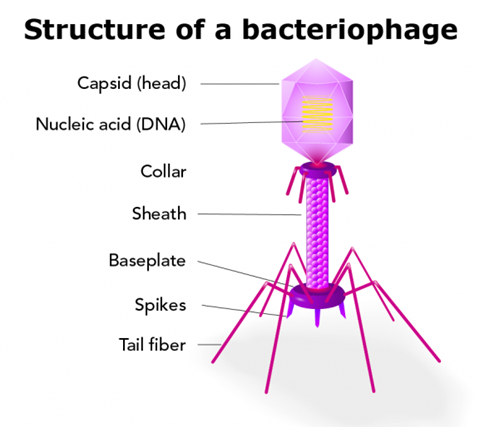What do you think?
Rate this book


109 pages, Paperback
First published September 15, 2011



"Based on the number of viruses she found in her samples, Proctor estimated that every liter of seawater contained up to 100 billion viruses. Proctor’s figure far exceeded previous estimates. But when other scientists followed up on her work and carried out their own surveys, they ended up with similar figures.
They found viruses lurking in deep-sea trenches and locked in Arctic sea ice. They came to agree there are somewhere in the neighborhood of 10,000,000,000,000,000,000,000,000,000,000 viruses in the ocean.
It is hard to find a point of comparison to make sense of such a huge number. There are 100 billion times more viruses in the oceans than the grains of sand on all the world’s beaches. If you put the viruses of the oceans together on a scale, they would equal the weight of 75 million blue whales (there are less than 10,000 blue whales on the entire planet). And if you lined up all the viruses in the ocean end to end, they would stretch out 42 million light-years...
...All told, some researchers have estimated the Earth may be home to 100 trillion species of viruses—most of which can be found at sea."
"As an endogenous retrovirus gets trapped in its host, it can still make new copies of its DNA, which get inserted back into its host’s genome. Over the millions of years that endogenous retroviruses have been invading our genomes, they’ve accumulated to a staggering extent. Each of us carries almost 100,000 fragments of endogenous retrovirus DNA in our genome, making up about 8 percent of our DNA.
To put that figure in perspective, consider that the 20,000 protein-coding genes in the human genome make up only 1.2 percent of our DNA."
